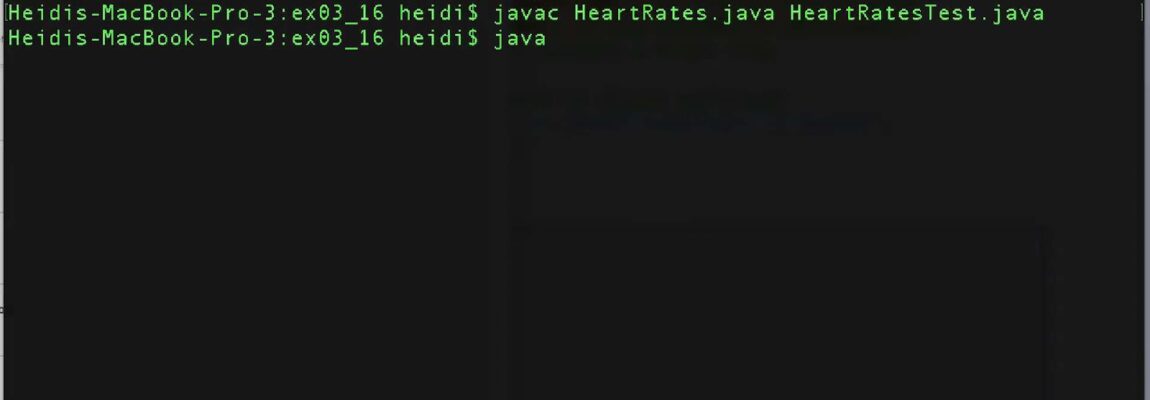Within the dynamic landscape of data administration, the core pillar lies in the realm of storage solutions, which play an indispensable role in the efficient preservation and management of information. Storage systems, in their diverse array, pivot around the concepts of single-file and multi-file storage formats, each finely tuned to address distinct requisites and expectations. To gain a profound understanding of these intricate systems, it becomes crucial to immerse oneself in the nuances, merits, and conceivable limitations that accompany each option.
Unlocking the Power of Single File Storage
In the realm of data management, the concept of single file storage offers a unique approach to organizing and accessing information. Unlike traditional methods where data is scattered across multiple files and folders, single file storage consolidates everything into a solitary container. Imagine it as a treasure chest holding various valuables, each piece of content neatly packed within. Let’s dive deeper into the characteristics, advantages, and drawbacks of this intriguing storage paradigm.
Characteristics
- Simplicity Personified: Simplicity reigns supreme in the world of single file storage. All your data, regardless of its type or size, finds its cozy spot in one unified file. This streamlined approach eliminates the complexity of managing multiple files concurrently. The result? An incredibly efficient retrieval process where you can swiftly access the information you need without wading through a sea of scattered files;
- A Note on Flexibility: While single file storage offers simplicity and accessibility, it does so at the expense of flexibility and granularity. The one-size-fits-all nature of this approach may not suit all data management needs. Keep this in mind as we delve into its advantages and drawbacks.
Advantages
- Ease of Management: Managing a single file is a breeze compared to juggling numerous files and folders. This simplicity significantly reduces the chances of mismanagement and data loss. Here’s why it’s a winner:
- Lesser room for error;
- Efficient organization.
- Optimal for Small Scale: Single file storage shines in small-scale applications where the volume of data isn’t overwhelming. It’s like having a compact toolbox with just the right tools for the job. Consider it for:
- Personal projects;
- Small businesses;
- Simple data sharing needs.
- Compatibility and Portability: The beauty of single file storage lies in its ease of movement. Whether you need to transfer, back up, or restore data, a single file simplifies the process. This ensures seamless data exchange between different platforms. Picture it as a universal key:
- Cross-platform data sharing;
- Hassle-free backups;
- Quick data migration.
Drawbacks
- Scalability Issues: As your data grows, the simplicity of single file storage can turn into a double-edged sword. Managing a massive file becomes unwieldy, akin to searching for a needle in a haystack. Consider these challenges:
- Slower access times;
- Increased risk of errors;
- Storage limitations.
- Potential for Data Corruption: Imagine your single storage file as a fragile glass vase. If one part of it cracks, the entire vase shatters. Similarly, a fault in one segment of the file can jeopardize the integrity of the entire dataset. This is a critical concern that demands vigilance:
- Regular data integrity checks;
- Reliable backup strategies.
- Lack of Granular Control: With single file storage, it’s an all-or-nothing game. Modifications and access controls are applied universally, limiting your ability to finely tune specific segments of data. Here’s where it falls short:
- Limited user permissions;
- Inflexible data management.
Understanding the Potential of Multi-File Storage
In today’s data-driven world, the way we store and manage information plays a pivotal role in ensuring efficiency and security. One innovative approach that has gained prominence is multi-file storage. This system isn’t just about spreading data across multiple files; it’s a dynamic and structured method that empowers organizations to harness the full potential of their data. In this comprehensive exploration, we delve into the characteristics, advantages, and drawbacks of multi-file storage, shedding light on its significance in modern data management.
Characteristics
Multi-file storage stands out due to its meticulous and compartmentalized approach to data management. It transforms your data landscape into a structured storage solution where every piece of information has its own designated file. This approach offers unparalleled benefits:
- Organized Bliss: Say goodbye to the cluttered chaos of traditional storage systems. Multi-file storage allows different data types and categories to be neatly stored separately, creating an organized data universe;
- Control at Your Fingertips: With this system, you gain the power to implement distinct access, modification, and security protocols to individual files. This level of control is a game-changer for data management;
- Customized Accessibility: Need different teams to have varying degrees of access? No problem. Multi-file storage empowers you to tailor access provisions according to your organization’s specific needs.
Advantages
The benefits of adopting multi-file storage are manifold and can significantly enhance your data management strategy. Here’s why it’s worth considering:
- Enhanced Scalability: Managing vast volumes of data becomes a breeze when you can segregate it into manageable units. This scalability is essential for growing businesses and organizations dealing with ever-expanding data;
- Granular Control: Take control to a whole new level. Multi-file storage enables precise control over individual files, allowing for tailored management, permissions, and auditing;
- Reduced Risk of Data Corruption: Data corruption can be a nightmare, but not with multi-file storage. The isolated nature of files ensures that if one succumbs to corruption, it won’t drag others down with it. Your data remains resilient;
- Disaster Recovery Simplified: When a disaster strikes, recovering individual files is less daunting than dealing with a monolithic data structure. Multi-file storage streamlines disaster recovery efforts.
Drawbacks
While multi-file storage offers an array of advantages, it’s important to be aware of potential challenges:
- Complexity: Managing multiple files, each with its own unique characteristics, can be intricate and may lead to complications in data retrieval and management. Robust organization is essential to mitigate this complexity;
- Overhead Costs: To fully embrace multi-file storage, you may need additional resources and infrastructure. These investments can increase operational overheads, so it’s crucial to weigh the benefits against the costs;
- Inconsistent Data Representation: Without proper organization and management, data representation can vary between files, leading to inconsistencies. Establishing standardized practices is vital to avoid this pitfall.
Detailed Analysis: Single vs Multi-file Storage Systems
When evaluating the differing natures and applications of single and multi-file storage systems, it’s paramount to analyze an array of pivotal factors, including but not limited to scalability, granularity, intricacy, and strategies for mitigating risks. A profound understanding of these elements is crucial for making informed decisions on data management solutions that align with individual and organizational needs.
1. Scalability: The Quest for Expansive Data Management
When it comes to facilitating expansive data management, multi-file storage systems indisputably possess a definitive edge over their single-file counterparts. This superiority is rooted in the segmented methodology employed by multi-file systems, allowing for the seamless handling of voluminous datasets, which would otherwise be laborious and impractical within a singular file storage construct. In a scenario where data growth is exponential, such as in big data analytics and cloud computing, the aptitude to scale is indispensable, enhancing system performance and optimizing resource utilization.

2. Granularity: Precision and Control in Data Access
Multi-file storage systems excel in offering a level of granularity that is unrivaled, allowing meticulous control over data access and modifications. This nuanced approach empowers administrators to delineate distinct access and alteration permissions to disparate files, establishing a robust framework for file security and integrity. In a world marred by constant cyber threats, the importance of precise control cannot be overstated, serving as a bulwark against unauthorized access and modifications, thus safeguarding sensitive information and ensuring compliance with data protection regulations.
3. Complexity & Management: Balancing Simplicity with Functional Needs
While the allure of single file storage systems largely resides in their inherent simplicity and streamlined management, they are predominantly well-suited for managing lesser volumes of data. The user-friendly nature of single file systems makes them an ideal choice for smaller, less complex datasets, avoiding the intricacies that typically accompany multi-file storage systems. However, as the dimensions and diversities of datasets burgeon, the requirement for multi-file storage becomes inexorable, despite the inherent challenges and learning curve. Recognizing the right balance between simplicity and complexity is vital for optimal file management, ensuring functionality without compromising efficiency.
4. Risk Mitigation: Safeguarding Against Data Catastrophes
The segregated architecture inherent to multi-file storage systems serves as a protective mechanism, minimizing the probability of comprehensive data corruption and loss. By compartmentalizing information, each segment acts as an independent entity, preventing a failure in one segment from compromising the entire dataset. This modularity presents a robust solution for safeguarding sensitive and pivotal information, especially in sectors like healthcare and finance where file integrity is non-negotiable. The enhanced protection offered by multi-file storage is instrumental in maintaining business continuity and resilience, thus reducing downtime and potential financial repercussions in the face of file breaches or system failures.
Conclusion
In conclusion, the decision between single and multi-file storage systems is contingent upon individual needs, data volume, and management preferences. Single file storage systems offer simplicity and are optimal for smaller, less complex datasets, while multi-file storage systems provide scalability, granularity, and enhanced risk mitigation for extensive and diverse datasets.
In the journey of selecting the right storage system, it is crucial to perform a thorough analysis of the file types, volumes, and specific requirements at hand. Balancing the benefits of streamlined management and enhanced control will pave the way for an efficient and effective file organization, tailored to the unique demands of each scenario.
